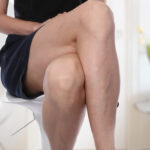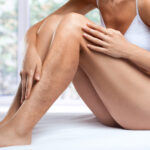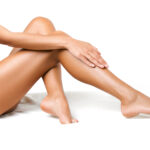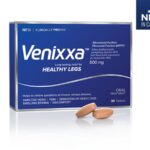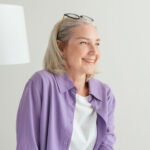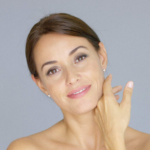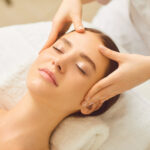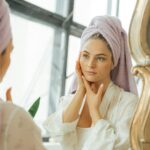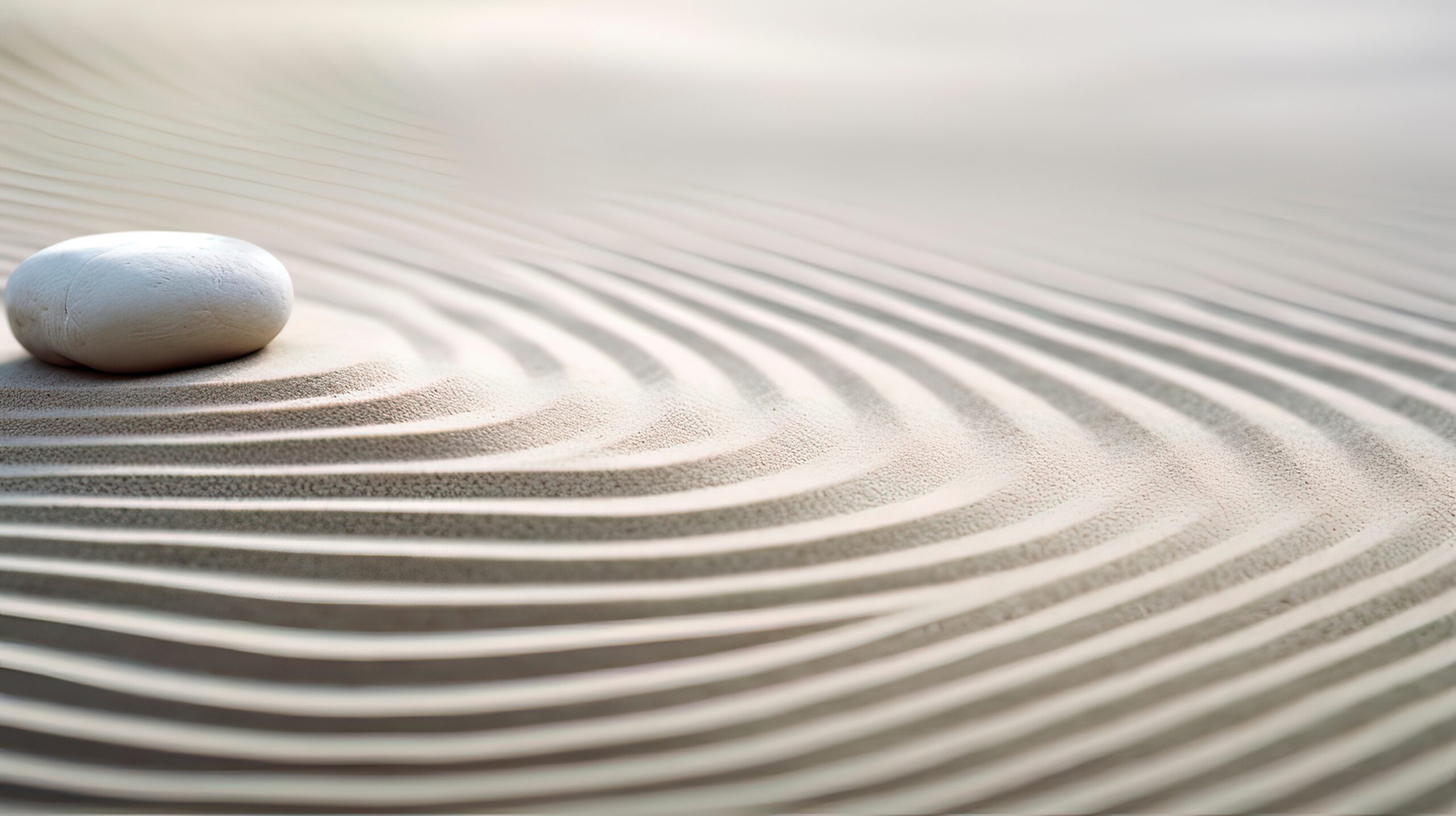Slip Slop Slap: Yep, Summer Sun is Here
Skin cancer is the most common form of cancer in Canada, and one in five Canadians may develop skin cancer in their lifetime. So rather than the same old, same old about sunscreen and sunburns, how about something more fun?
Slip-Slop-Slap was the iconic and internationally recognised sun protection campaign prominent in Australia during the 1980s. The Slip! Slop! Slap! campaign features a singing, dancing Sid Seagull encouraging people to reduce sun exposure and protect themselves against an increased risk of skin cancer. Sid had Australians slipping on long-sleeved clothing, slopping on sunscreen and slapping on a hat. The health campaign was extended in later years to encourage the use of shade and sunglasses, becoming:
Slip on a shirt, Slop on the 30+ sunscreen, Slap on a hat, Seek shade, Slide on some sunglasses.
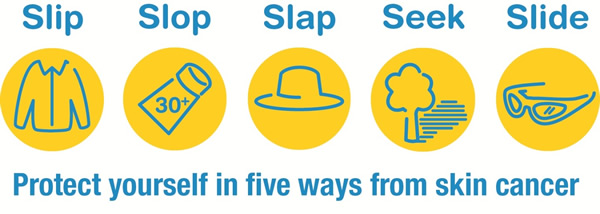
Spring Into Action
So Spring is the time to be aware. With the weather warming up, people tend to spend more time in the sun, exposing themselves to harmful UV rays. These rays significantly raise the risk of getting skin cancer. There are several ways to help reduce the risk of developing skin cancer, but not from avoiding the great outdoors!
As the Canadian Cancer Society notes:
Staying inside is not the answer. As Canadian children are spending more time indoors, physical activity is decreasing, childhood obesity rates are soaring, and there is a diminished sense of community amongst children. These trends are impossible to ignore. It is imperative that children spend time outdoors.
So, in addition to “Slip, Slop, Slap, Seek, Slide” here are some of the preventable measures:
- Seek the shade, especially between 10 AM and 4 PM when the sun is strongest. An extra rule of thumb is the “shadow rule.” If your shadow is shorter than you are, the sun’s harmful ultraviolet (UV) radiation is stronger; if your shadow is longer, UV radiation is less intense.
- Do not burn. A person’s risk for melanoma, the deadliest form of skin cancer, doubles if he or she had had five or more sunburns at any point in life. Severe burns not only significantly increase your chances of developing skin cancer, but can make you ill. For severe burns, see your doctor.
- Avoid tanning and UV tanning booths. UV radiation from tanning machines is known to cause cancer in humans. Indoor UV tanners are 74 percent more likely to develop melanoma, the deadliest form of skin cancer, than those who have never tanned indoors. Tanning bed users are also 2.5 times more likely to develop squamous cell carcinoma and 1.5 times more likely to develop basal cell carcinoma. The more time a person has spent tanning indoors, the higher the risk.
- Cover up with clothing, including a broad-brimmed hat and UV-blocking sunglasses. Clothing can be your most effective form of sun protection, so make the most of it with densely woven and bright- or dark-colored fabrics, which offer the best defense. The more skin you cover, the better, so choose long sleeves and long pants whenever possible.
- Use a broad spectrum (UVA/UVB) sunscreen with an SPF of 30 or higher every day. For example, there are numerous makeups and hand and face lotions that contains SPF. For extended outdoor activity, use a water-resistant, broad spectrum (UVA/UVB) sunscreen with an SPF of 30 or higher.
- Apply 1 ounce (2 tablespoons) of SPF 30+ sunscreen to your entire body 30 minutes before going outside. Reapply every two hours or immediately after swimming or excessive sweating. One six-ounce bottle of sunscreen should provide two full days of sun protection for prolonged outdoor activity.
- Keep newborns out of the sun since their skin is extremely vulnerable. Sunscreens should be used on babies over the age of six months. Children are very sensitive to ultraviolet radiation- just one severe sunburn in childhood doubles the chances of developing melanoma later in life.
- Examine your skin head-to-toe every month. While self-exams shouldn’t replace the important annual skin exam performed by a physician, they offer the best chance of detecting the early warning signs of skin cancer. If you notice any change in an existing mole or discover a new one that looks suspicious, see a physician immediately.
Also, be sure to see your physician every year for a thorough professional skin exam.


